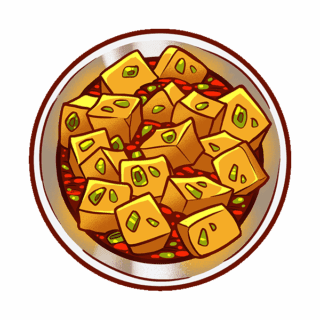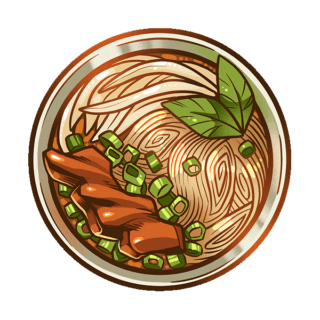Preserved Duck Egg (Century Eggs)
This food from China is, at the very least, many hundreds of years old with numerous origin stories. Like many cured and preserved foods, it was likely invented originated through by a combination of accidental discovery and necessity.
These eggs almost look like the photographic negative of a fresh egg: the whites are dark, the yolk undergoes a color transformation, and the whole egg becomes a colorful, shiny translucence.
This, along with the strong scent and flavor, is the result of aging in a casing of materials that are collectively alkaline — generally this means some combination of clay, ash, salt, and quicklime. Essentially: alkalinity plus salt.
Traditionally this is done by combining the ingredients into a paste and coating the eggs with it, after which the paste will dry and turn into a crust. During the curing process, which can take can take several months, the alkaline environment raises pH levels, reducing acidity and imparting the eggs with their distinct look, aroma, and taste.
Just like with fresh eggs, there are various ways to enjoy century eggs. They’re most common in Cantonese, Shanghainese, and Taiwanese cuisine as appetizers, alongside tofu, in congee, and more.





